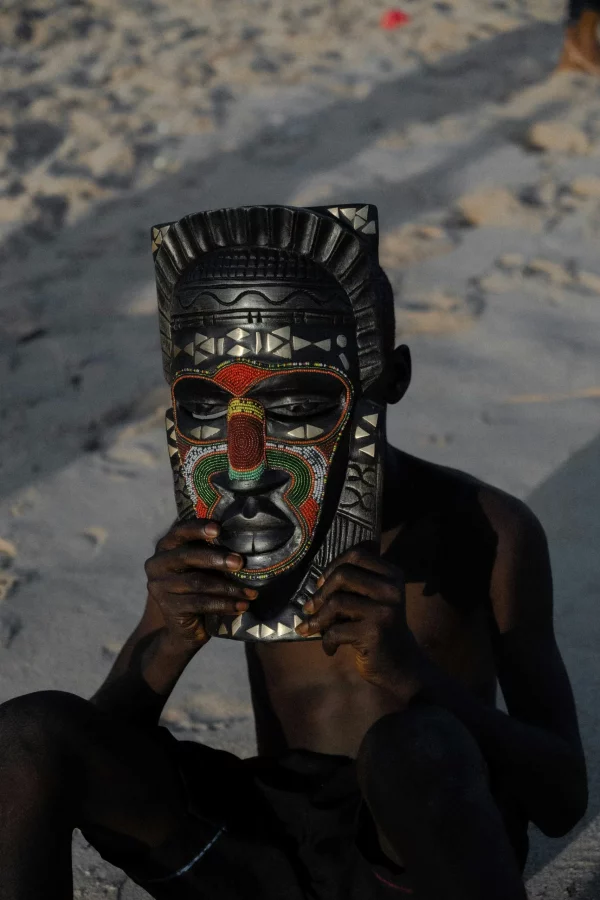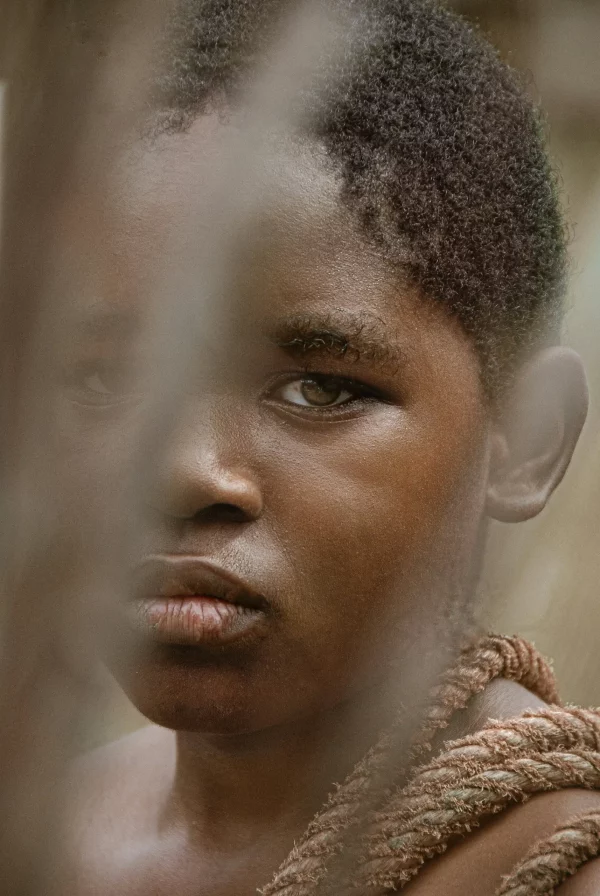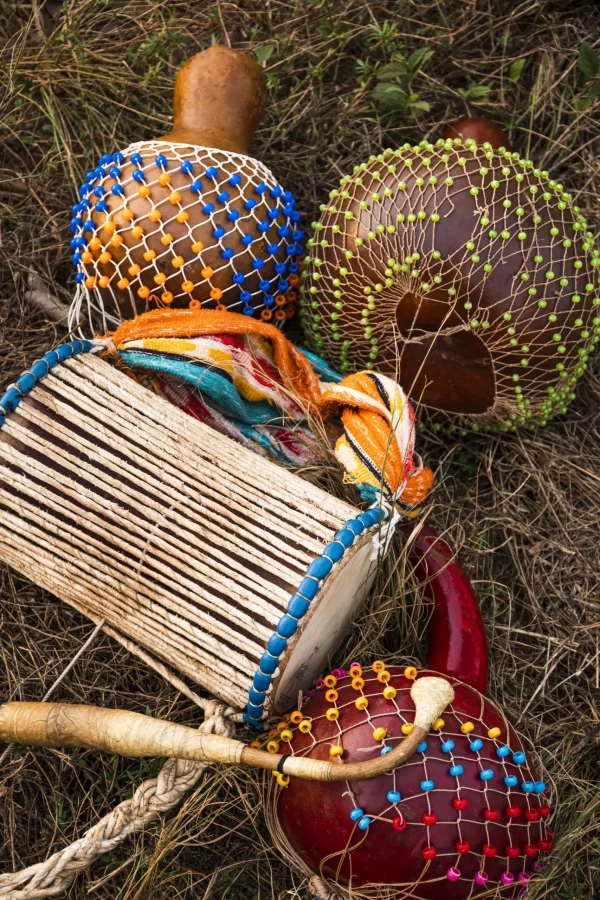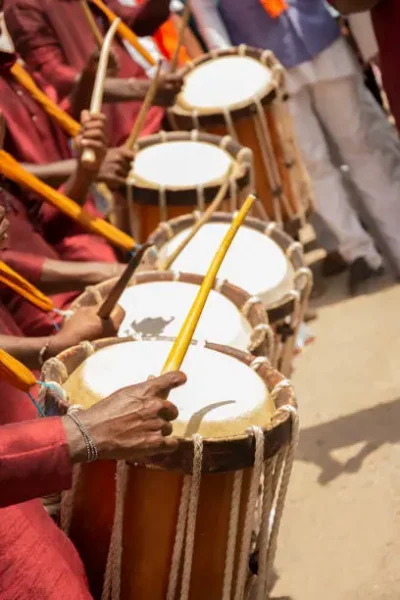DiscoverYoruba.com is your one-stop for embracing Yoruba culture, entertainment, and history unfolding.

Table of Contents
The Yoruba people, originating from West Africa, particularly Nigeria, have a significant diaspora with communities in the Americas, Europe, and other parts of the world. Our influence is evident in cultural practices, art, religion, and language, contributing to the global diversity we see today.
Yoruba diaspora communities often maintain strong ties to their heritage, even through the cultural exchanges that have happened over time. This has helped to preserve some of our traditional customs despite being far from home.
Additionally, the Yoruba language and religious beliefs, such as Ifá and Orisha worship, have gained recognition beyond Africa, influencing various cultural expressions worldwide.
The history of Yoruba diaspora and its impact
We can trace the root of the Yoruba diaspora way back to the transatlantic slave trade, during which many Yoruba people (as well as other Africans) were forcibly taken to the Americas, particularly to regions like Brazil, Cuba, Trinidad and Tobago, and the United States through the 16th to 19th century. This dispersion led to the establishment of Yoruba communities in these new lands. The Yoruba diaspora was also contributed by more recent migrations into the United Kingdom and the United States following various economic and political changes in Africa.
The impact of the Yoruba diaspora is profound, especially in cultural, religious, and artistic domains. In the Americas, Yoruba cultural practices merged with local traditions, giving rise to syncretic religions like Santería in Cuba and Candomblé in Brazil. Yoruba influences are evident in various aspects of these religions, such as the worship of Orishas (Yoruba deities).
Furthermore, Yoruba’s artistic expressions, including music, dance, and visual arts, have left their footprints on global culture. They are wonderful for a reason! Yoruba-inspired rhythms and dance moves are integral to genres like salsa and samba. The diaspora has also contributed to the spread of the Yoruba language and its influence on Creole languages in the Caribbean.
The Yoruba diaspora has played a vital role in shaping the cultures of several regions of South America and beyond, leaving a lasting impact on the world’s heritage.

Yoruba cultural expressions in the Americas
When I imagine the journey from Africa to the Americas during the transatlantic slave trade, I see a people uprooted from home to a new land where their freedom was entirely dependent on another person. There’s no doubt that they had to find a way to remember home and tell whatever elements they could remember to their children so they never forget where they come from.
It is in this light that we see how Yoruba cultural expressions have profoundly influenced the Americas, particularly in regions like Brazil and Cuba, where the Yoruba diaspora played a significant role. Here are some key aspects of Yoruba cultural influence in these areas:
1. Religious Syncretism:
– Brazil (Candomblé): The Yoruba influence is evident in Candomblé, a syncretic religion that emerged among Afro-Brazilian communities. Candomblé blends Yoruba spiritual beliefs with indigenous traditions and Catholicism. Orishas, the Yoruba deities, is worshipped under different names, and rituals involve music, dance, and colourful attire, that reflect Yoruba cultural elements.
– Cuba (Santería): Santería, meaning “Way of the Saints,” is a syncretic religion practised in Cuba, heavily influenced by Yoruba traditions. In Santería, Orishas are worshipped through rituals that involve music, dance, and animal sacrifice. Santería has preserved Yoruba cosmology, mythology, and religious practices within the Afro-Cuban community.
2. Language and Linguistic Impact:
Yoruba linguistic elements have permeated into the Creole languages of the Caribbean, including those in Cuba. Yoruba loanwords and linguistic influences can be observed, contributing to the linguistic diversity of the region.
3. Music and Dance:
– Brazil (Samba): Yoruba rhythms and dance styles have influenced various Brazilian music and dance forms, including samba. The circular dance known as “samba de roda” in Bahia, Brazil, is believed to have roots in Yoruba dance traditions, incorporating energetic movements and communal participation.
– Cuba (Rumba): Yoruba rhythms are integral to Cuban music, especially in genres like rumba. The complex rhythms of Yoruba percussion instruments, such as the bata drums, find expression in Cuban rumba, contributing to the beautiful musical culture of the island.
4. Visual Arts and Crafts:
Yoruba artistic traditions, including beadwork, woodcarvings, and mask-making, have influenced visual arts and crafts in both Brazil and Cuba. Artists incorporate Yoruba motifs, symbols, and techniques into their creations, resulting in a fusion of Yoruba aesthetics with local artistic expressions.
5. Cultural Festivals and Celebrations:
In both Brazil and Cuba, cultural festivals and celebrations often feature Yoruba-inspired elements. Processions, music, dance, and colourful costumes celebrate Yoruba cultural heritage, fostering a sense of pride and connection to ancestral roots.
6. Culinary Influences:
Yoruba culinary traditions have left an imprint on Afro-Cuban cuisine. Ingredients, cooking techniques, and traditional dishes have been integrated into Cuban culinary practices, contributing to the rich gastronomic diversity of the region.
7. Cultural Awareness and Education:
Efforts to promote awareness and education about Yoruba culture are evident in Brazil and Cuba. Cultural centres, museums, and educational programs highlight the contributions of Yoruba culture to the broader cultural mosaic of these countries.
Yoruba cultural expressions in the Americas, particularly in Brazil and Cuba, are manifested in religious practices, music, dance, language, visual arts, and culinary traditions. The enduring influence of Yoruba culture reflects the resilience and adaptability of the Yoruba diaspora in the lands we’ve found ourselves.

Yoruba Language Preservation and Education Initiatives
In an attempt to keep the culture alive in the diaspora, several measures have been taken. Yoruba language preservation and education initiatives are crucial for maintaining the linguistic heritage within diaspora communities and ensuring its continuity across generations. Here are some key aspects of these initiatives:
1. Language Learning Programs:
Yoruba language learning programs are established to teach community members, particularly younger generations, how to speak, read, and write in Yoruba. These programs may include formal classes, workshops, and online courses that cater to various age groups and proficiency levels.
2. Cultural and Community Centers:
Cultural and community centres dedicated to Yoruba heritage often incorporate language education as a central component. These centres serve as hubs for language classes, cultural workshops, and educational programs that focus on Yoruba language proficiency.
3. Intergenerational Language Transmission:
Yoruba language preservation initiatives emphasize the importance of intergenerational language transmission, encouraging elders within the community to pass down the Yoruba language to younger family members. This informal learning approach ensures that language skills are retained within families and communities.
This reminds me of the numerous tales I’ve heard from my grandmother who only spoke Yoruba at home. If you wanted to get the scoop, you had to pay close attention and understand the language. The stories always made it worth it!
4. Language Documentation Projects:
Projects focused on documenting the Yoruba language, including dictionaries, textbooks, and online resources, are initiated to create accessible learning materials. These resources help learners grasp linguistic nuances and develop language proficiency.
An example of these projects is The Yoruba Names Project whose mission is to transfer Yoruba language and cultural resources of into a publicly accessible online format.
5. Digital Platforms and Apps:
Leveraging technology, Yoruba language education initiatives utilize digital platforms, mobile apps, and online resources. These tools make learning more accessible and interactive, providing a flexible approach to language acquisition.
Digital platforms like these include Memrise (a Yoruba learning app), SpeakYoruba App and various social media dedicated to teaching Yoruba language and culture to the diaspora including yours truly, Discover Yoruba (discoveryoruba.com) on our Instagram, TikTok and Facebook pages.
6. Cultural Events and Competitions:
Cultural events and competitions centred around Yoruba language and literature create a space for language enthusiasts to showcase their skills. Spelling bees, poetry recitations, and language-focused contests foster a sense of community engagement and pride in linguistic achievements.
7. Collaboration with Educational Institutions:
Partnerships with schools, colleges, and universities are established to integrate Yoruba language courses into formal education curricula. This collaboration enhances the institutional recognition of Yoruba as a valuable linguistic and cultural asset.
Several universities offer Yoruba courses in their African Diaspora Studies, including the University of North Carolina
8. Teacher Training Programs:
Initiatives focus on training teachers and language educators to effectively teach Yoruba. Professional development programs ensure that educators are equipped with the necessary skills to make language learning engaging and effective.
9. Cultural Immersion Programs:
Cultural immersion programs provide opportunities for individuals to engage in intensive Yoruba language experiences. These programs sometimes involve travel to Yoruba-speaking regions, to facilitate practical language use and cultural understanding.
10. Community Dialogues and Language Advocacy:
Community dialogues and language advocacy campaigns raise awareness about the importance of Yoruba language preservation. The lovely thing about these initiatives is that they promote a sense of collective responsibility for safeguarding and promoting the language within the diaspora. In other words, I speak Yoruba to you, you speak Yoruba to me.
Yoruba language preservation and education initiatives include a range of strategies, from formal education programs to grassroots community efforts. They leverage diverse approaches and embrace technology to contribute to the vitality and sustainability of the Yoruba language within diaspora communities.
In summary, language documentation projects for Yoruba involve comprehensive efforts to record, analyze, and preserve the linguistic and cultural elements of the language. These projects contribute to the broader field of linguistics, support community initiatives for language revitalization, and ensure that the rich linguistic heritage of Yoruba endures for future generations.

Yoruba Influence on Literature, Music, and Arts Worldwide
The Yorubas are known worldwide, especially in the world of art. Our rich cultural heritage has had a notable influence on literature, music, and the arts globally. Here’s a closer look at how Yoruba culture has made its mark on these creative fields:
Literature:
1. Oral Tradition:
Yoruba oral tradition, with its myths, folktales, and proverbs, has significantly influenced world literature. Like Wole Soyinka, renowned authors have drawn inspiration from Yoruba storytelling techniques, incorporating them into their works.
2. Mythology and Religion:
With its pantheon of gods and goddesses, Yoruba mythology has found its way into literature and visual arts. Works by various authors explore Yoruba religious practices, beliefs, and cosmology, adding depth to the world’s diversity.
3. Language Influence:
Yoruba linguistic elements, such as words and phrases, occasionally find their way into literature. Authors often use Yoruba expressions to evoke a sense of authenticity or to capture the nuances of a particular cultural context.
Music:
1. Afrobeat and Highlife:
We can see Yoruba influence in music prominently in Afrobeat, a genre pioneered by Nigerian musician Fela Kuti. Afrobeat blends traditional Yoruba rhythms with jazz, highlife, and funk. Who doesn’t love some Afrobeat music these days?
2. Traditional Drumming and Percussion:
Yoruba traditional drumming and percussion techniques have also left a mark on various music genres. The complex rhythms and polyrhythmic patterns are integral to Afrobeat and have also influenced jazz, funk, and world music.
3. Yoruba Musical Instruments:
Instruments like the talking drum and shekere are essential components of Yoruba music. Their unique sounds have been adopted by musicians globally, contributing to the global appreciation of diverse musical traditions.

Arts:
1. Yoruba Artistic Styles:
Yoruba artistic styles, seen in traditional sculptures, beadwork, and textiles, have influenced contemporary visual arts globally. The intricate designs, symbolic meanings, and vibrant colours are often referenced or incorporated into modern art forms.
2. Cultural Festivals and Rituals:
Yoruba cultural festivals and rituals, rich in visual and performative elements, have inspired artists and filmmakers worldwide. The elaborate costumes, masks, and dance forms from Yoruba ceremonies are frequently depicted in various art forms.
3. Contemporary African Art Movement:
Yoruba artists have played a significant role in the contemporary African art movement. Their works, which often blend traditional Yoruba themes with modern artistic expressions, have gained international recognition, contributing to the global dialogue on African art.
4. Textile Arts and Adire:
Adire, the traditional Yoruba indigo-dyed cloth, has influenced global fashion and textile arts. Its unique tie-dye patterns have inspired designers, and Adire fabrics are often used in international fashion collections.
5. Yoruba Mask and Performance Influence:
Yoruba masquerades and performance arts, characterized by colourful costumes and intricate masks, have inspired theatrical performances and contemporary art installations worldwide. Artists often draw on the visual aesthetics and symbolism of Yoruba masquerades in their work.
The Yoruba influence on literature, music, and arts tells us more about our culture’s richness and the global impact of Yoruba traditions. Through various creative expressions, Yoruba culture continues to shape and enrich the global cultural collection, improving cross-cultural appreciation and collaboration.

Conclusion
Today we’ve seen a glimpse of how far the Yoruba people have come in expressing themselves in the diaspora. It is no small thing that we didn’t lose our self-expression despite the events that took place during the slave trade.
At Discover Yoruba, we love every opportunity to contribute to preserving our culture for future generations to appreciate our history.
To the Yorubas in the diaspora, we encourage you to wear your history with pride and appreciate your culture. We are a free people today and we know where we come from.
We’d love to know what new things you’ve learned from our article today, so please leave a comment. And also share this article with someone that needs a little reminder of their history.
Odaabọ o!
Sources:
Yoruba influence in Cuba music
Do the Yorubas know about their importance in Brazil culture?
Yoruba cosmology and culture in Brazil
Yoruba culture and tradition to Brazil
Yoruba orisha philosophy in Brazil art












